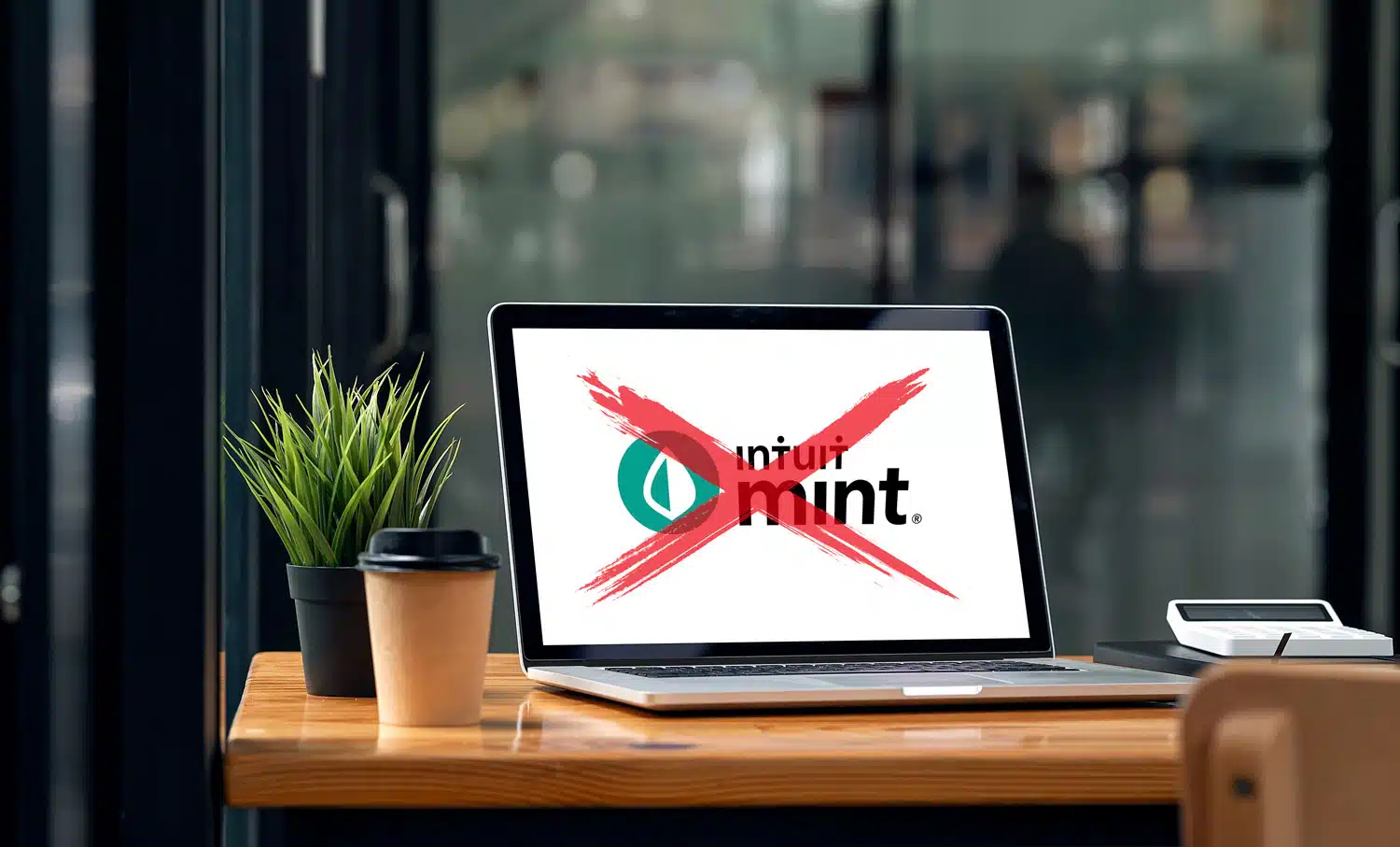
Mint, the most popular financial app to date is going away…for good.
Intuit, who owns Mint.com recently announced they will be shutting down the very popular free app by January 1st, 2024, and will begin directing users to its other affiliate company, Credit Karma, to manage their finances moving forward. Mint has been around for over 15 years with nearly 3 million monthly users aggregating and tracking their personal finances, so this move has come with a lot of angst within the Mint (and DIY) community. Some key personal finance features, such as budgeting, will not be available in the Credit Karma app, so it’s very logical why users would be disappointed.
So why the change? Mint relies on data aggregators to connect to thousands of financial institutions to collect user data. Data is expensive, meaning Mint was most likely losing money on each free user on its platform and had to earn enough in some other manner for the platform to survive. Mint earned most of its revenue through referral fees. If a user applied for one of the various financial product offerings (i.e. bank accounts, credit cards, etc.) Mint would earn a percentage of the fee from the conversion. Clearly, there is a lot of potential for misaligned incentives between Mint and its users if the financial products that offered the highest referral fees (which Mint or similar apps would want) were not the empirically “best” products for its customers. Ultimately, Mint (and Credit Karma) are more like advertising companies than personal finance companies based on how revenue is earned.
So, what are the alternatives?
For now, it is not crystal clear whether Credit Karma will add the suite of features Mint users came to appreciate. However, with a deadline of December 31st for users to move over to the Credit Karma platform, there still is time to find a viable alternative solution
Other free platforms: There are a host of free apps available that pick up most of what Mint is leaving behind. A word of caution: unlike Mint, many of these platforms are only “free” for a trial period. Taking the time to connect all your accounts to a new platform can be burdensome, so ensure that you are comfortable continuing to use the app beyond the trial period and that you understand what services you will (or will not) eventually be paying for.
Subscription-based platforms: These platforms can be a viable solution to the DIY community. Many have initial free versions that can be upgraded with a monthly or annual fee to unlock more tools and visuals. A few options even walk you through creating rules around how you spend your money.
Hiring a professional: This may be the nudge you need to decide your financial plan could benefit from working with a professional. It could be that your situation has changed in that there is less time, less attention, or less desire to do the extensive work needed to properly explore ways to keep more of what you earn and pay less in tax. A professional can strategically fill in the blanks and solve problems that budgeting platforms simply cannot (and are not designed to) do.
Conclusion
The Mint platform was somewhat of a trailblazer as one of the first financial apps available on the web. It will be remembered for its simplicity, convenience, and community. There is a plethora of options that may (or may not) replace Mint as the DIY consumer’s budgeting tool of choice, however, users will need to get comfortable with paying a subscription fee for the same functionalities the Mint ecosystem offered. Take advantage of free trial periods offered by the various platforms to learn if it is worth the money. While more time-consuming than vetting an app, working with an independent financial professional could bring more confidence and clarity to your situation than trying to do it all alone. An independent advisor can provide an unbiased view of your situation and does more than just invest your money by tailoring a holistic plan that supports your needs, goals, and intentions for your future.
Always remember, if it’s free to you, YOU are the product. In an ever-changing world of data and companies trying to perfect an algorithm to get you to buy, buyer beware. When you are paying for a service, the service is the product, not you.



